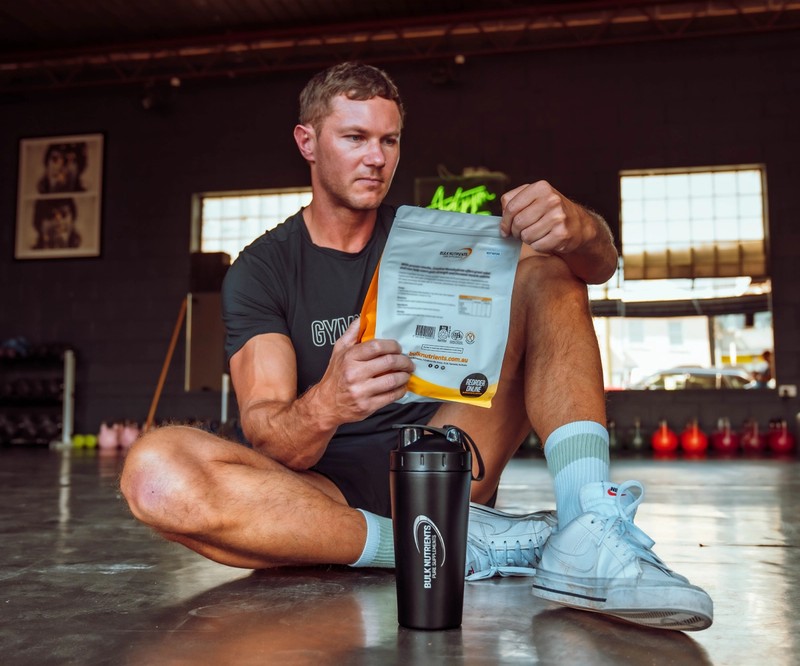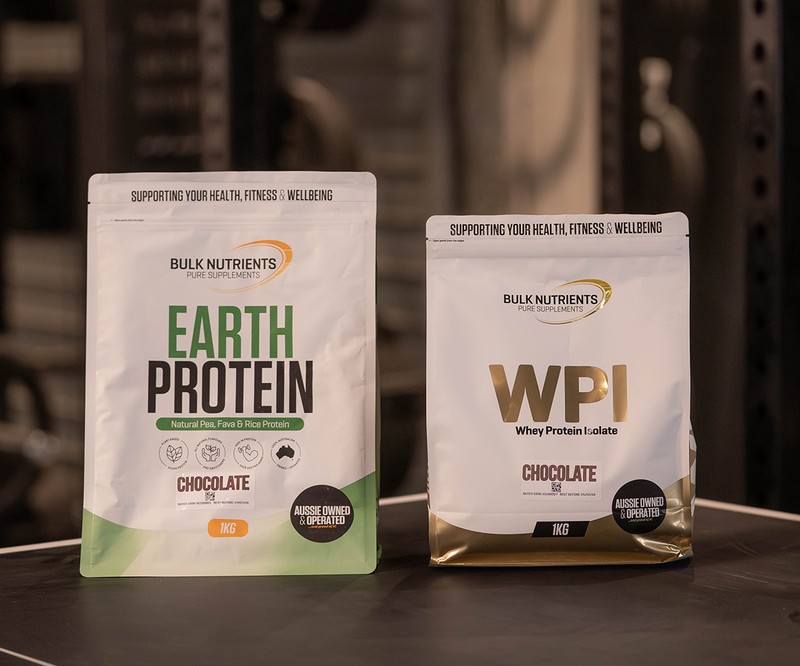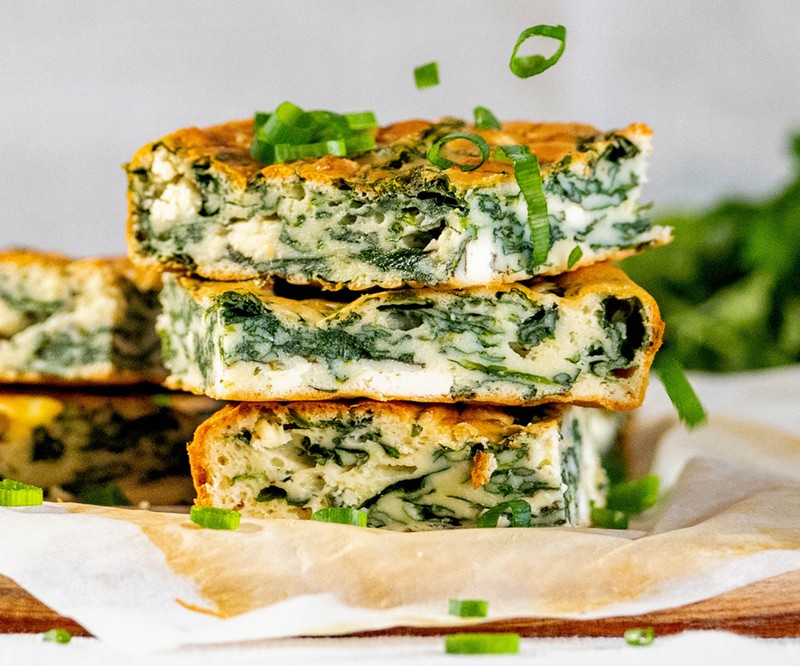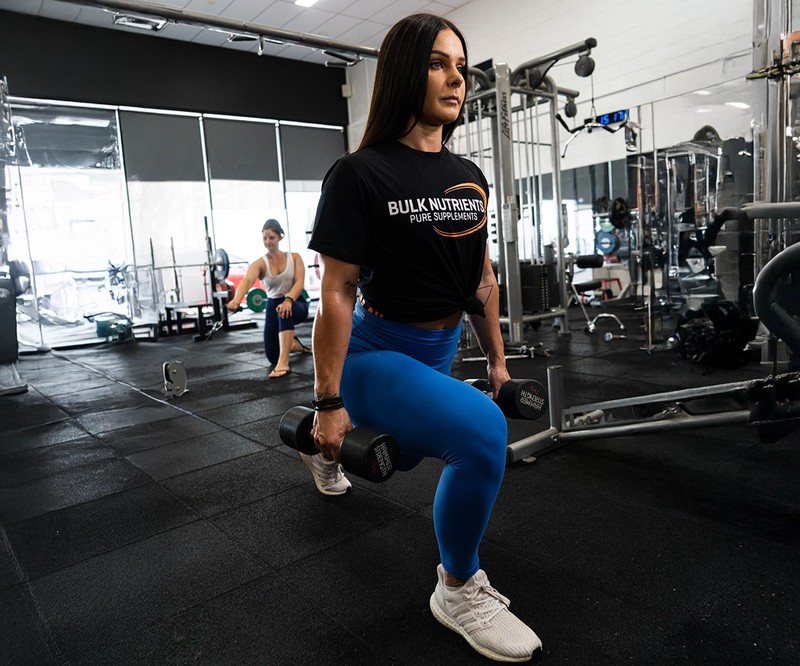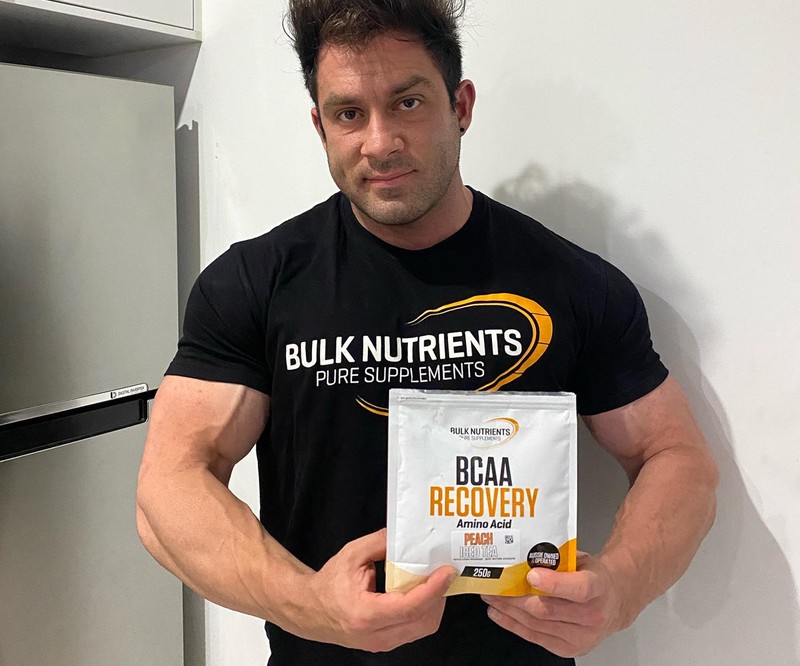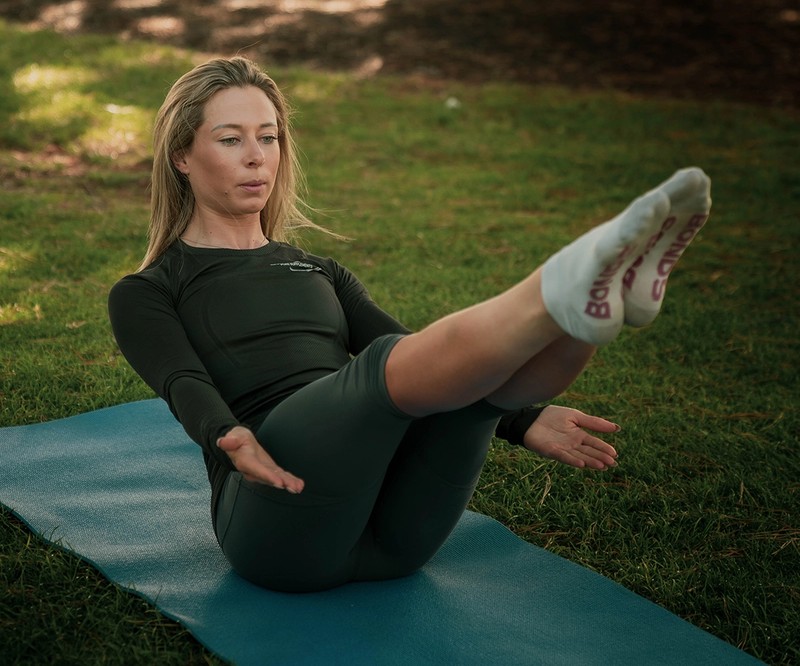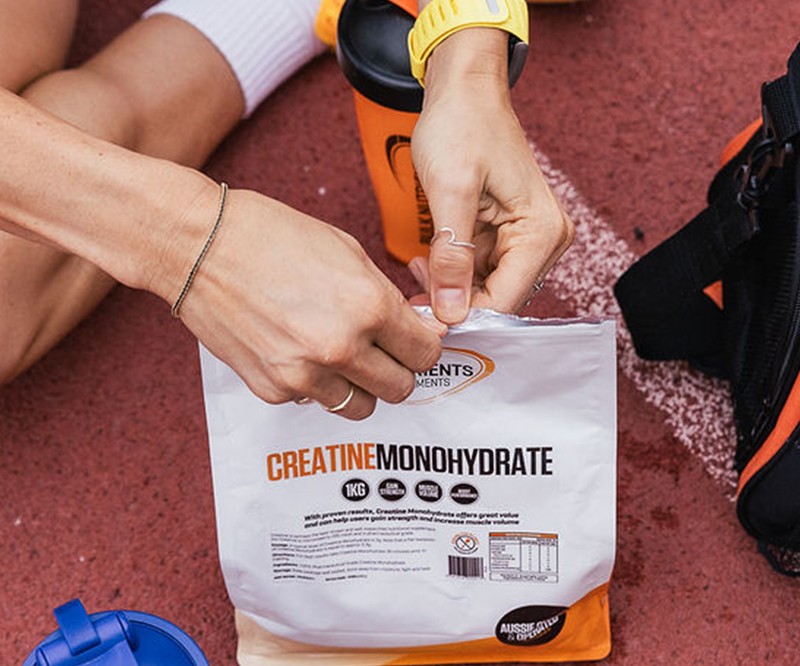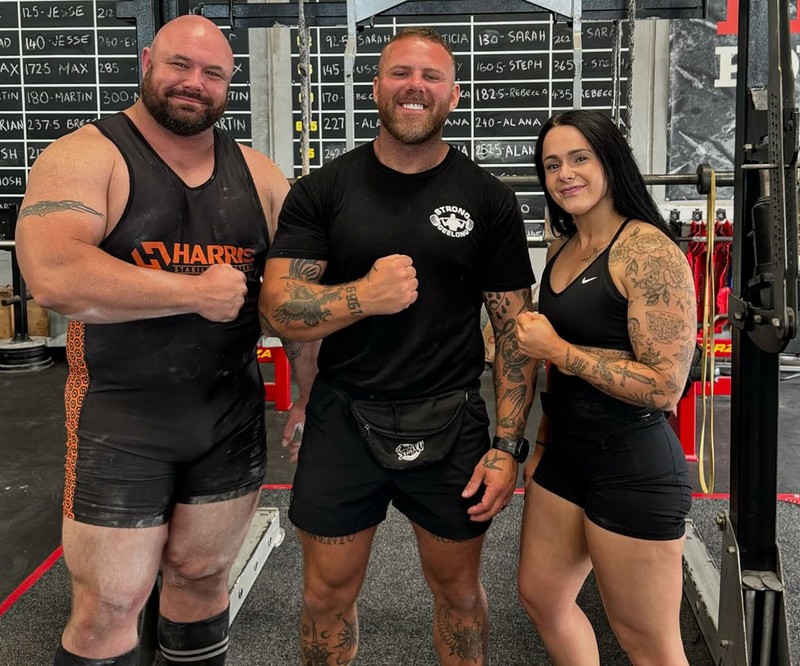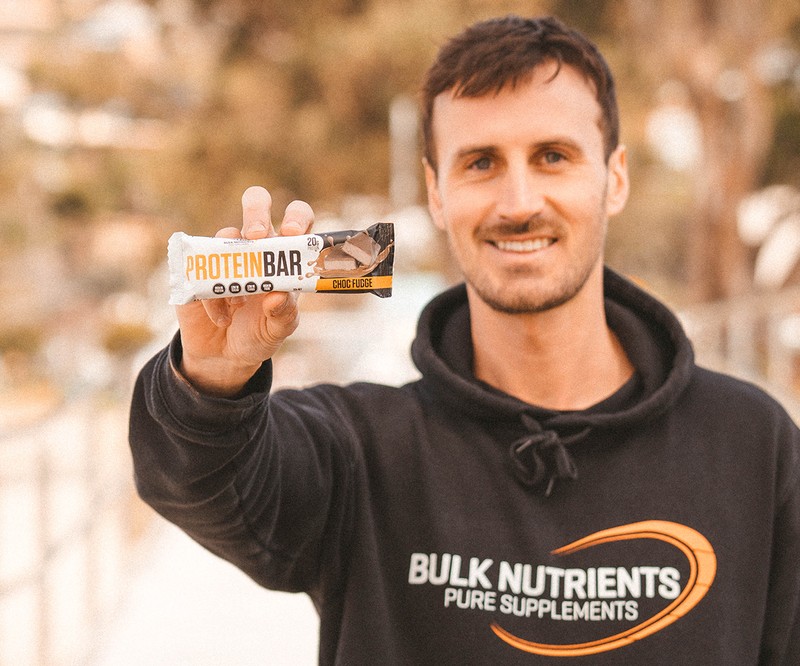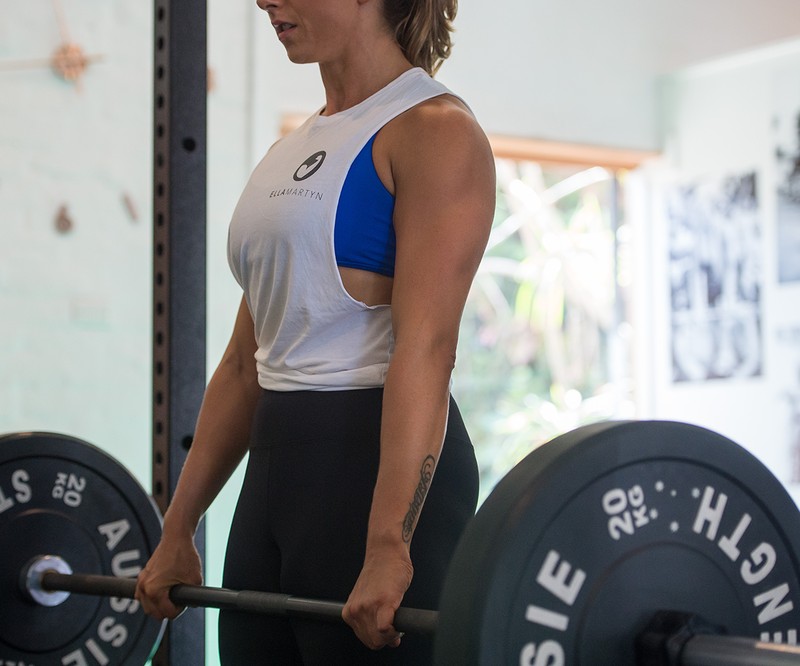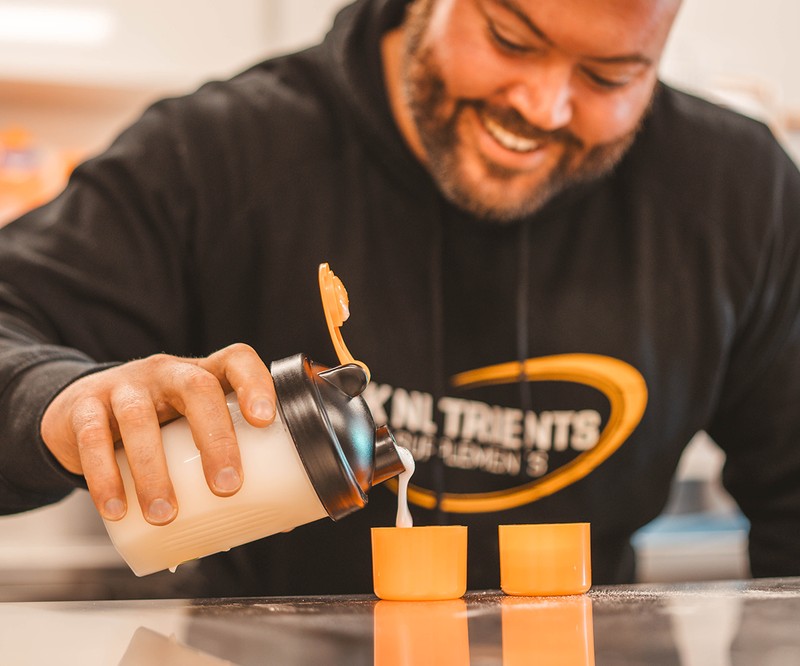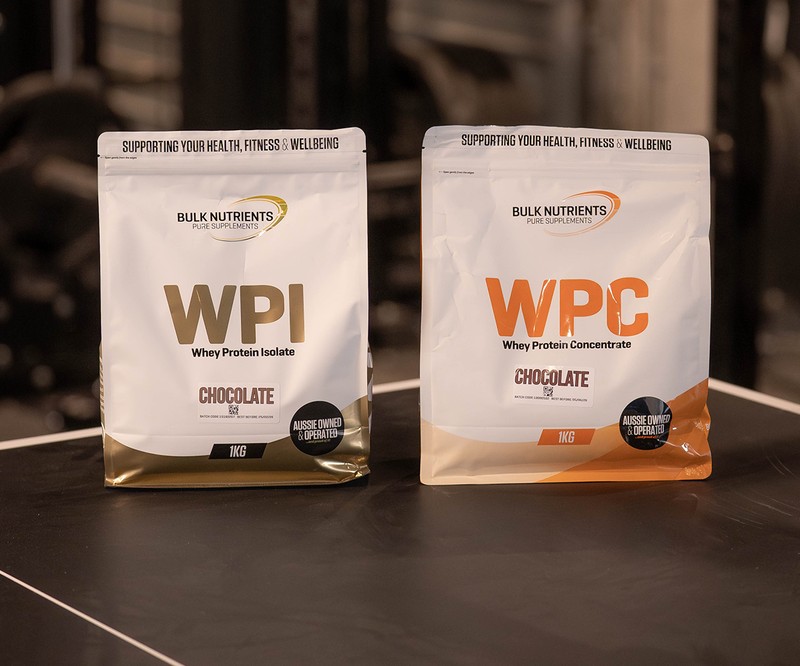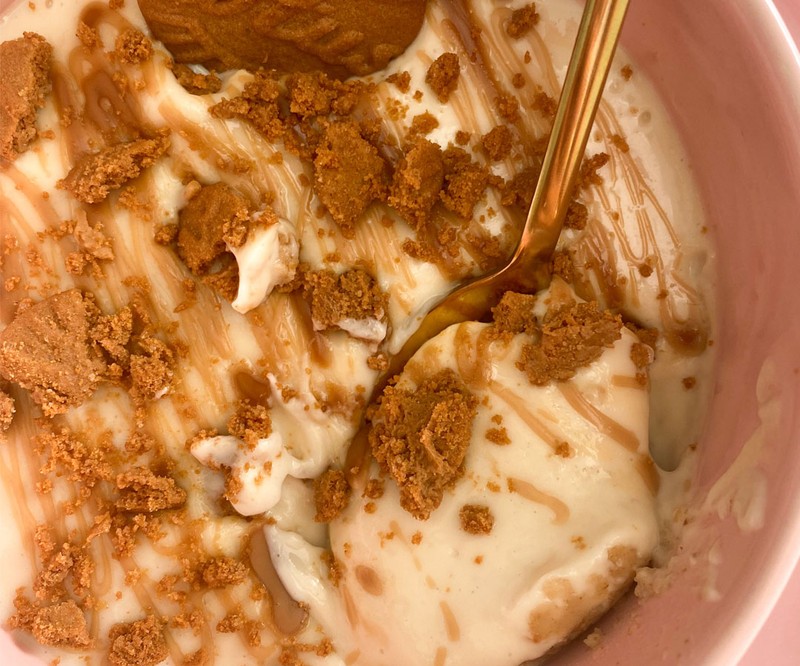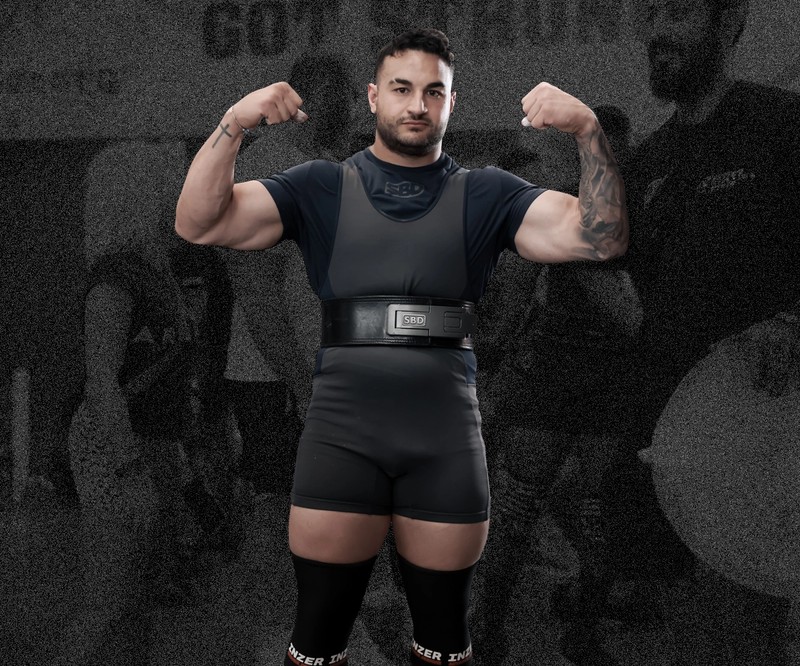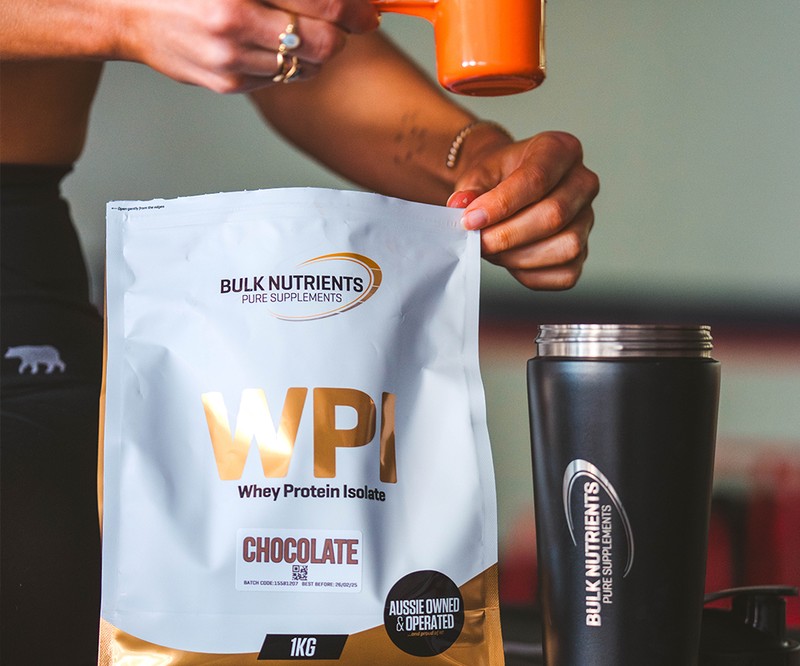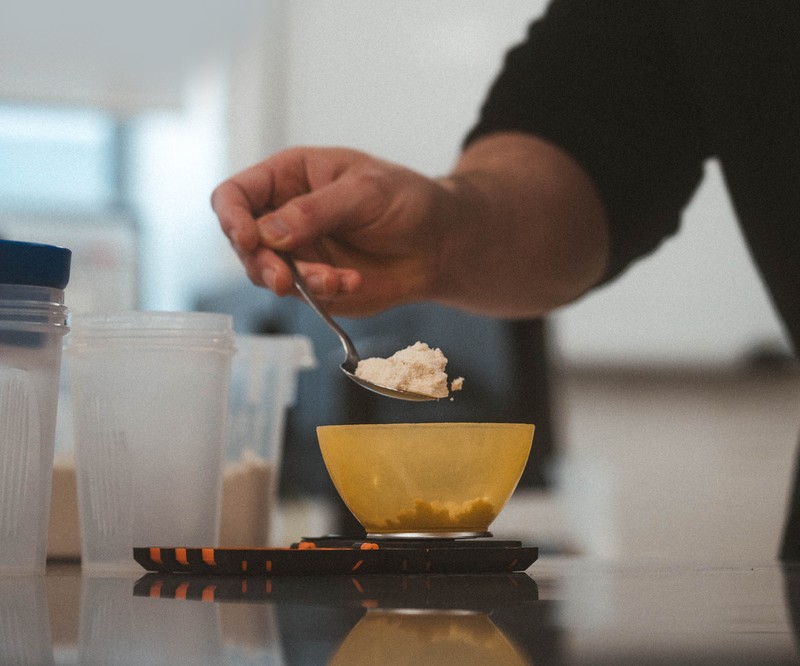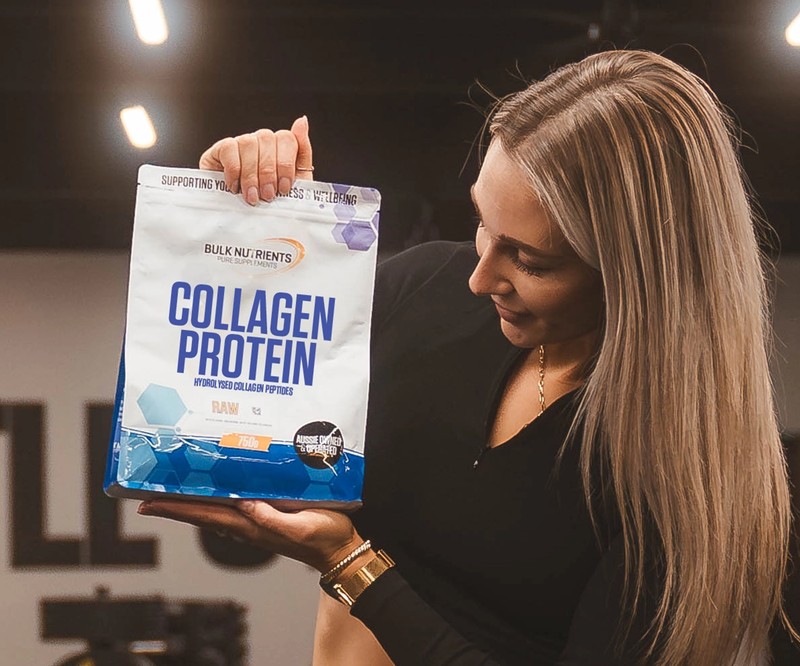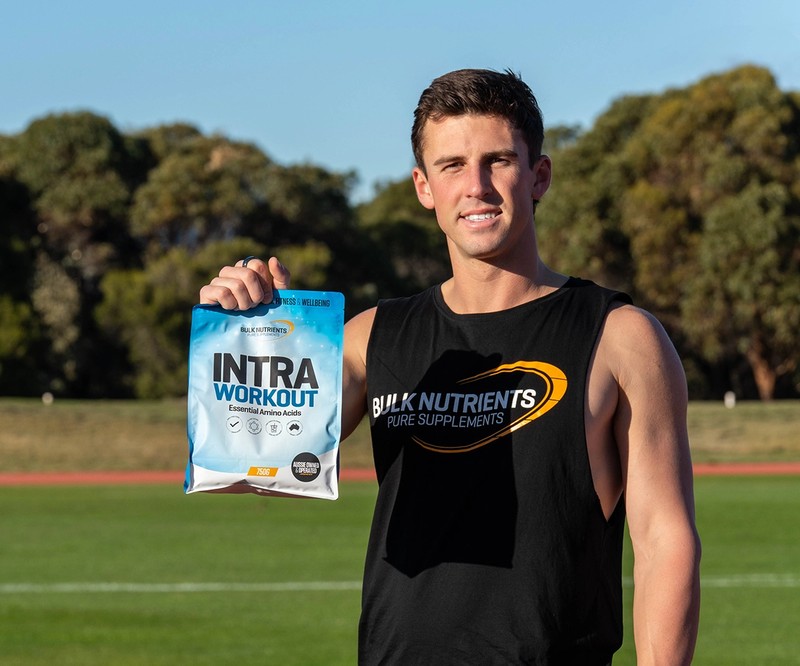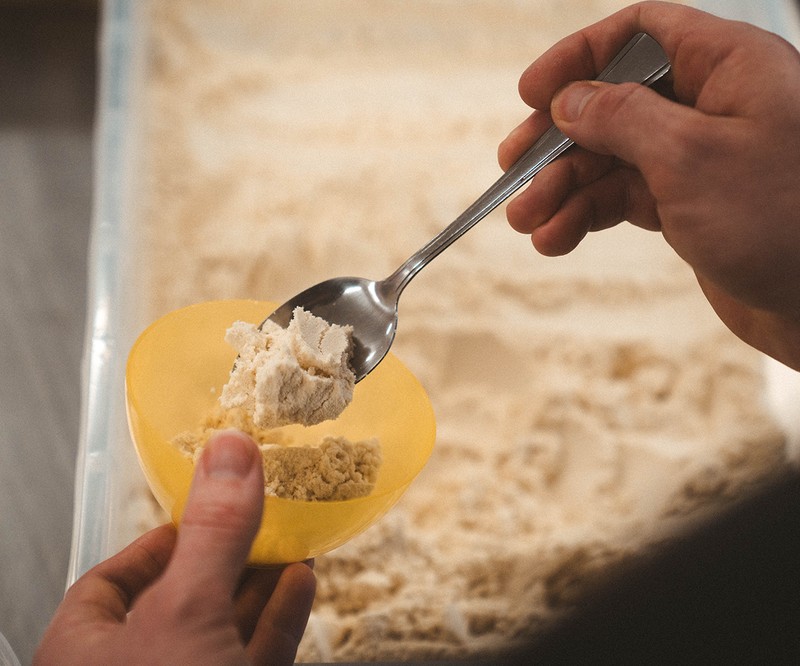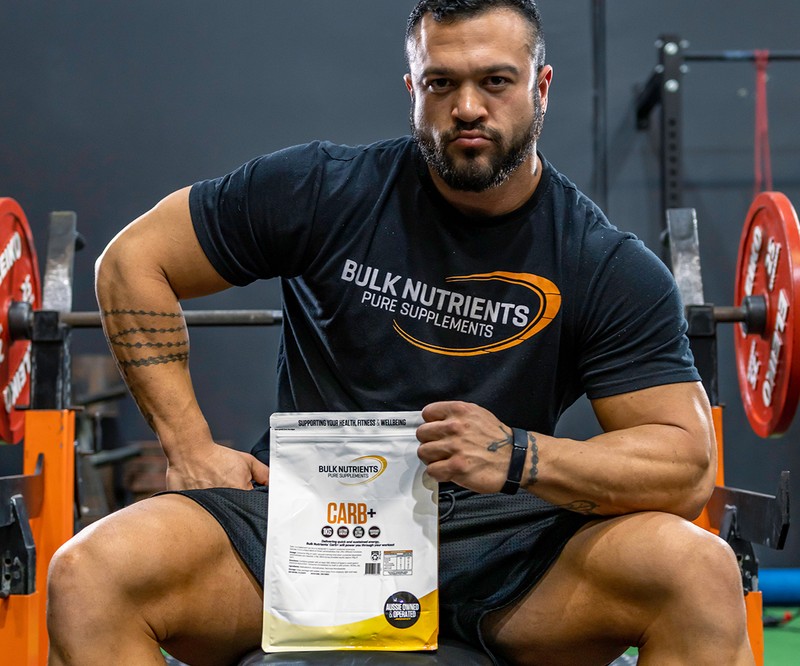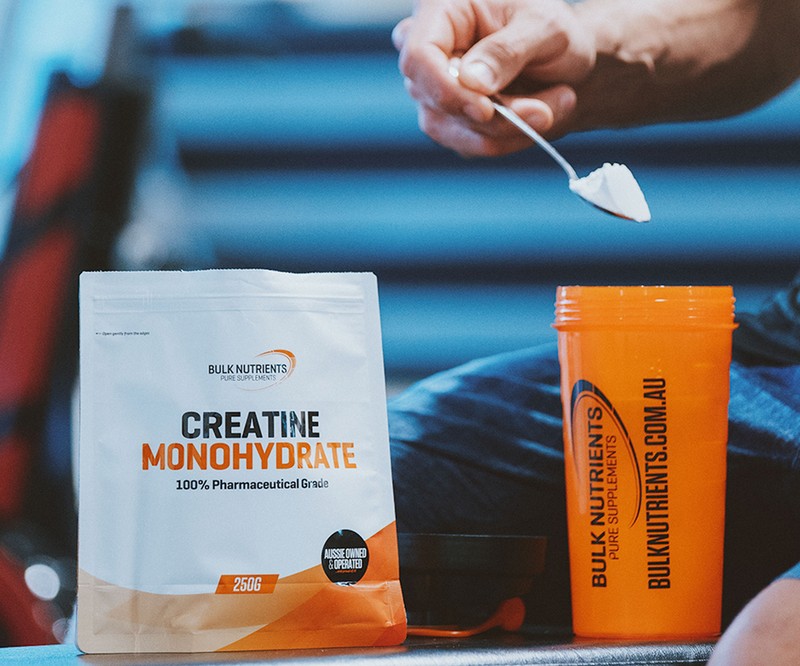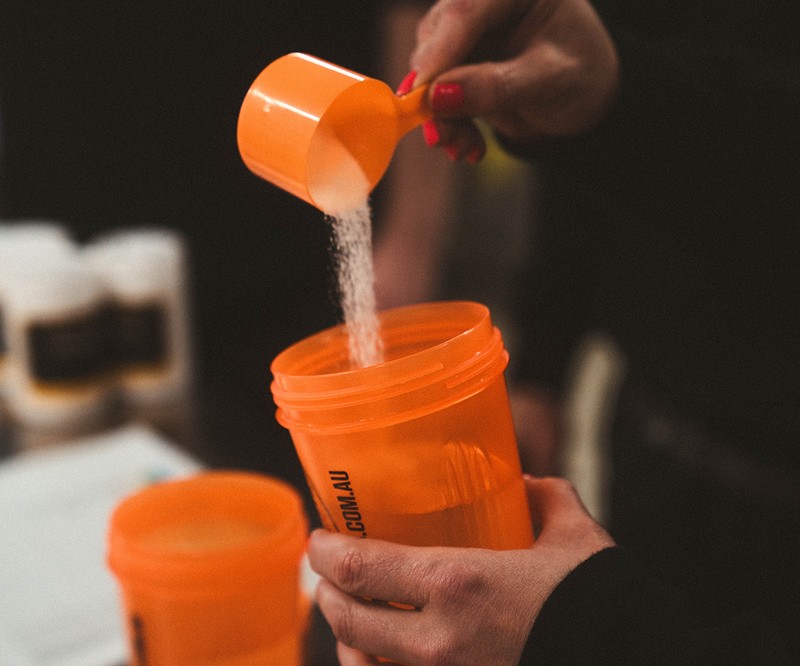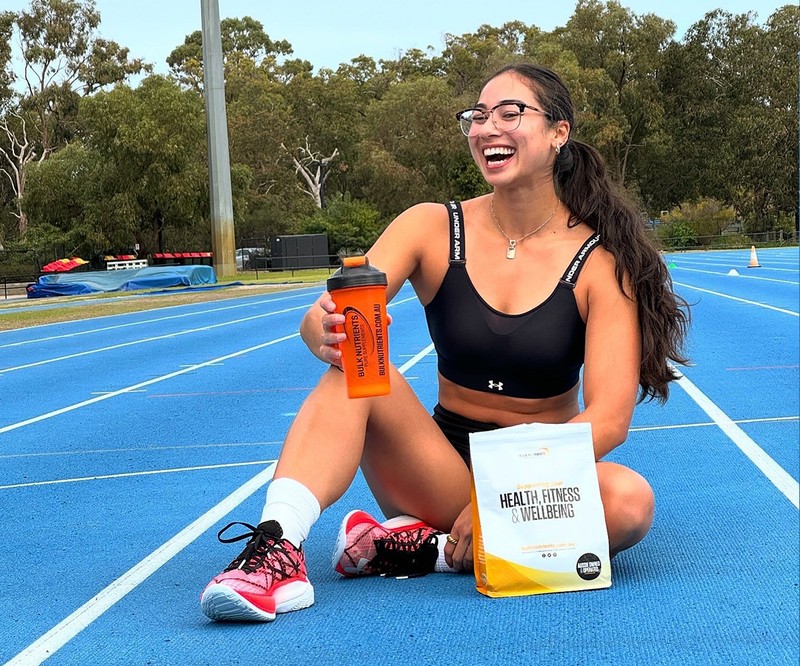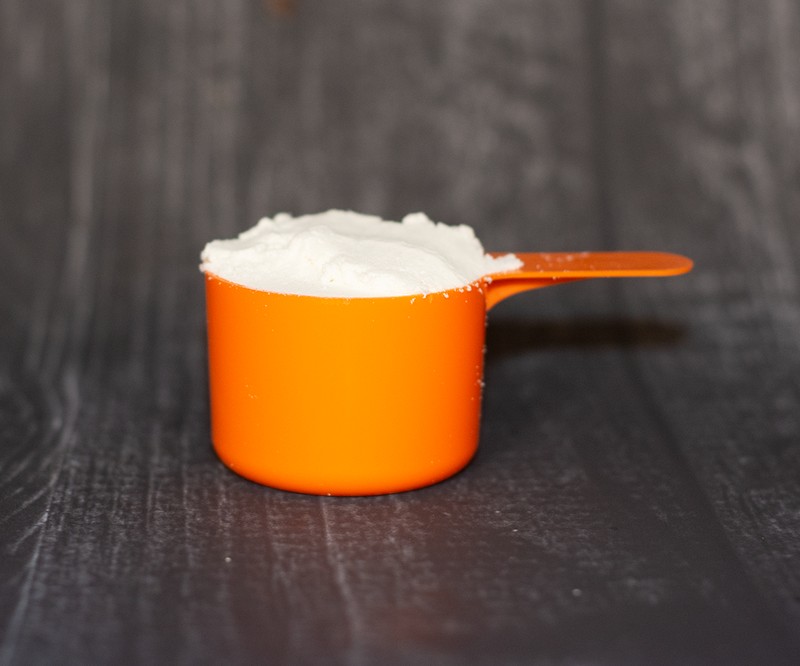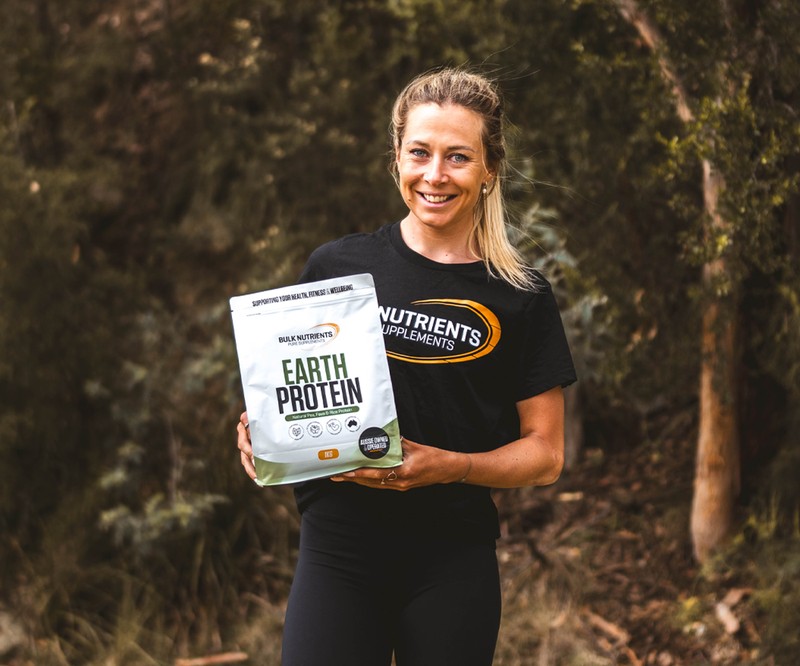What's the minimum training to maintain muscle mass?
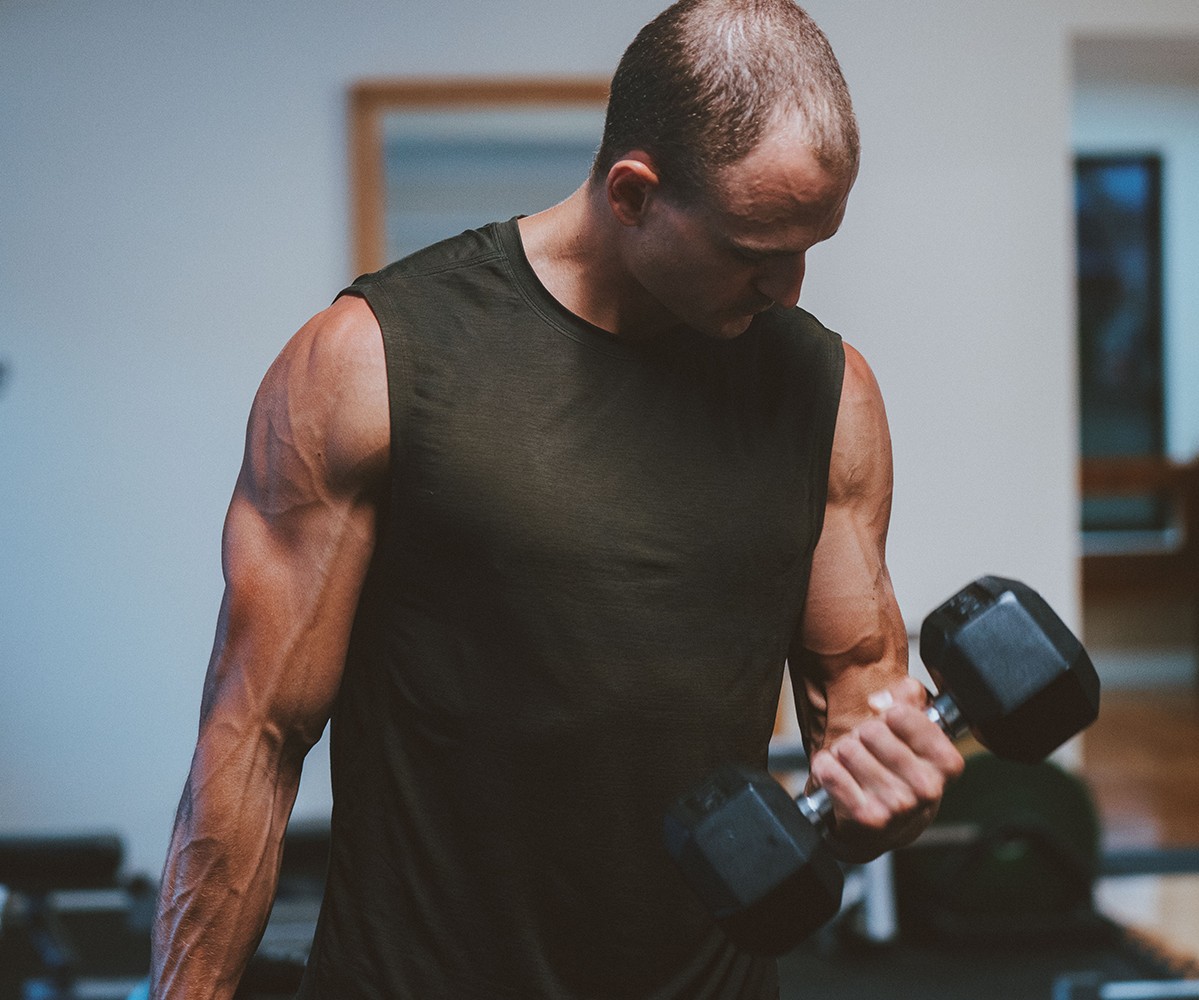
Maintaining muscle mass at the gym
A recent study looked at 34 regular training male lifters and amazingly discovered that just 1 set per muscle group (with more for back and legs) was enough to maintain muscle mass. And obviously, the researchers noted that for significant muscle gains, a longer duration is better. But it's handy information to have when you're stuck for time. This is exactly the workout that was performed three times per week during the study:
- Back Squat: 1 set of 8-12 reps
- Leg Press: 1 set of 8-12 reps
- Leg extensions: 1 set of 8-12 reps
- Lat Pulldown: 1 set of 8-12 reps
- Seated Rows: 1 set of 8-12 reps
- Military press: 1 set of 8-12 reps
- Barbell Bench Press: 1 set of 8-12 reps
All sets were taken to muscle failure (until you can't perform another rep).
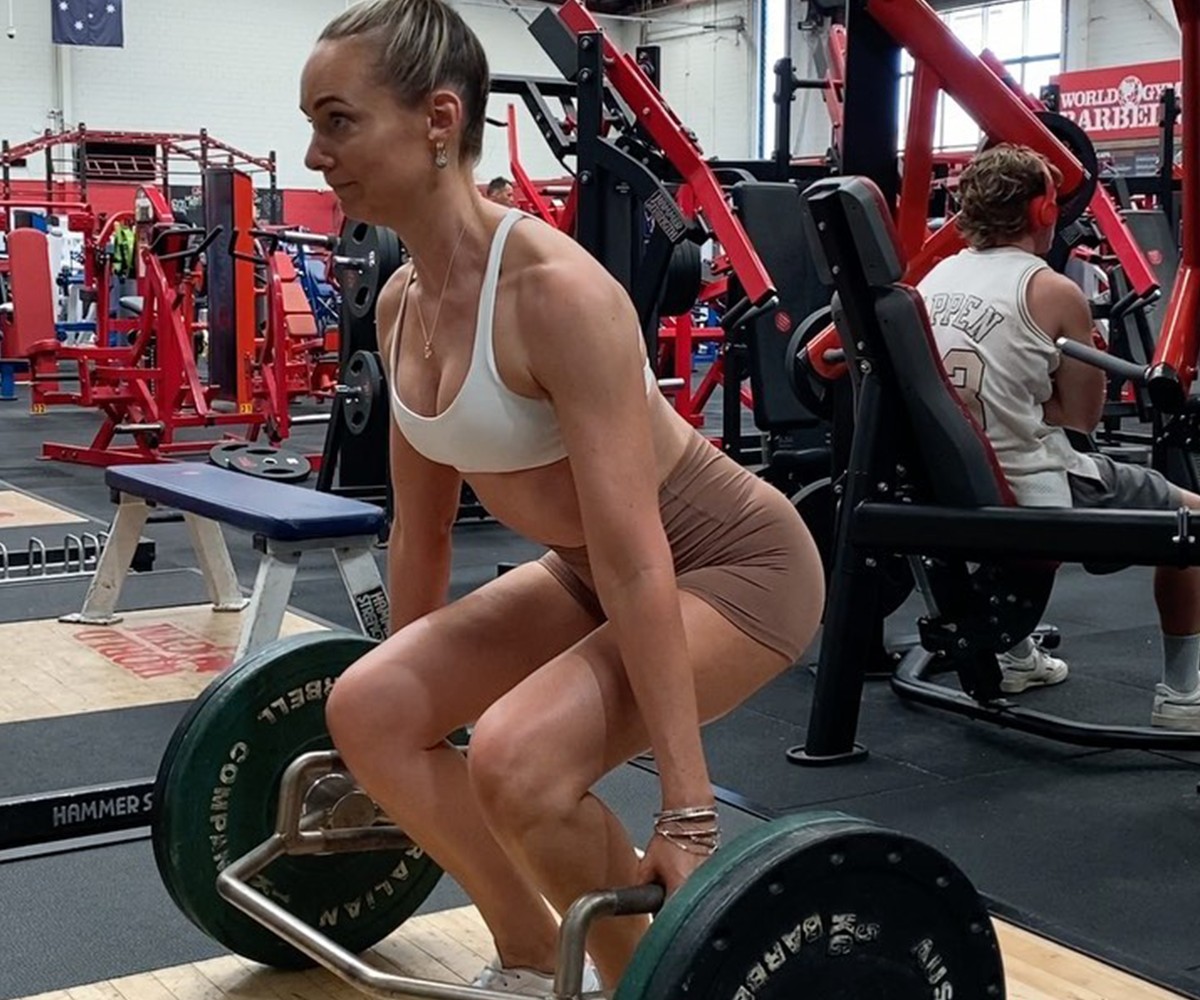
And you might have been searching for arms or hamstring workouts in the program above and seen none. So, it's up to you if you want to incorporate arms and hamstrings into a short workout.
Starting with the biceps; lat pulldowns have been found to elicit the same muscle growth as bicep curls in untrained subjects! So maybe not training biceps depending on time is ok.
But moving onto triceps; they aren't worked properly during just bench presses. So, adding some in would likely be beneficial. Also, you likely won't get away without any hamstring training, if you want to maintain them! Hamstrings aren't used during squats, nor leg press or leg extensions as the subjects did above. But it's not the end of the world! Because, if a 15-17 minute workout is within your busy schedule, then we've worked out you could do the following:
- Lat Pulldown: 1 set of 8-12 reps
- Barbell Bench Press: 1 set of 8-12 reps
- Lying tricep extension: 1 set of 8-12 reps
- Seated Rows: 1 set of 8-12 reps
- Military press: 1 set of 8-12 reps
- Back Squat: 1 set of 8-12 reps
- Leg Press: 1 set of 8-12 reps
- Leg extensions: 1 set of 8-12 reps
- Hamstring curl: 1 set of 8-12 reps
So, by doing this three times per week, you might just maintain your muscle mass.
How long until you lose muscle mass without training at the gym?
This can happen to all of us and is a common question. Science suggests no muscle is lost for at least three weeks.
But a lot of people imagine this loss of muscle when it hasn't actually occurred. They've really just lost muscle glycogen (stored carbohydrates in the muscle). When some lifters start dieting and consume fewer carbohydrates or go on a ketogenic diet (where they consume hardly any carbohydrates) muscle size can "shrink."
Here's an interesting fact: Eating carbohydrates can make your muscles look 16% larger! So, keeping up the carbohydrate intake (and the training) makes them look bigger. But there's a difference between losing superficial muscle size and tissue.
Also, studies tell us that for every gram of glycogen stored in our muscles, 3 grams of water is also pulled in. So that's how your muscles can look larger with carbohydrate intake.

The best diet for maintaining muscle mass
Any ideas on what the best way to maintain muscle mass is?
You'd be forgiven for thinking of a calorie surplus, but it's actually eating at maintenance calories (eating the same amount of calories you burn every day).
And in concert with that, remember that protein intake is critical for maintaining muscle mass; consume 2 grams of protein per kilogram of body weight daily.
So, there are three things to ensure you maintain muscle mass for the minimum amount of training: doing your 15-17 minute workouts three times weekly, eating maintenance calories, and eating 2 grams of protein per kilogram of body weight daily. When time is scarce for training, maintaining muscle mass might not be as hard as some people thought!
References:
- Brandão, Lucas1; de Salles Painelli, Vitor1,2; Lasevicius, Thiago2; Silva-Batista, Carla2,3; Brendon, Helderson1; Schoenfeld, Brad Jon4; Aihara, André Yui5; Cardoso, Fabiano Nassar5; de Almeida Peres, Bergson1; Teixeira, Emerson Luiz1,2 Varying the Order of Combinations of Single- and Multi-Joint Exercises Differentially Affects Resistance Training Adaptations, Journal of Strength and Conditioning Research: May 2020 - Volume 34 - Issue 5 - p 1254-1263 doi: 10.1519/JSC.0000000000003550.
- EMG activities in mono-and bi-articular thigh muscles in combined hip and knee extension. European Journal of Applied Physiology and Occupational Physiology, 58(3), 274-277.
- Escamilla, R.F., Fleisig, G.S., Zheng, N., Barrentine, S.W., Wilk, K.E. & Andrews, J.R. (1998) Biomechanics of the knee during closed kinetic chain and open kinetic chain exercises. Med Sci Sports Exerc., 30, 556-569.
- ESCAMILLA, RAFAEL F.; FLEISIG, GLENN S.; ZHENG, NAIQUAN; LANDER, JEFFERY E.; BARRENTINE, STEVEN W.; ANDREWS, JAMES R.; BERGEMANN, BRIAN W.; MOORMAN, CLAUDE T. III Effects of technique variations on knee biomechanics during the squat and leg press, Medicine & Science in Sports & Exercise: September 2001 - Volume 33 - Issue 9 - p 1552-1566.
- Fernández-Elías VE, Ortega JF, Nelson RK, Mora-Rodriguez R. Relationship between muscle water and glycogen recovery after prolonged exercise in the heat in humans. Eur J Appl Physiol. 2015 Sep;115(9):1919-26. doi: 10.1007/s00421-015-3175-z. Epub 2015 Apr 25. PMID: 25911631.
- Gentil P, Soares S, Bottaro M. Single vs. Multi-Joint Resistance Exercises: Effects on Muscle Strength and Hypertrophy. Asian J Sports Med. 2015;6(2):e24057. doi:10.5812/asjsm.24057
- Hansen BF, Asp S, Kiens B, Richter EA. Glycogen concentration in human skeletal muscle: effect of prolonged insulin and glucose infusion. Scand J Med Sci Sports. 1999 Aug;9(4):209-13. doi: 10.1111/j.1600-0838.1999.tb00235.x. PMID: 10407928.
- Magne H, Savary-Auzeloux I, Rémond D, Dardevet D. Nutritional strategies to counteract muscle atrophy caused by disuse and to improve recovery. Nutr Res Rev. 2013 Dec;26(2):149-65. doi: 10.1017/S0954422413000115. Epub 2013 Aug 9. PMID: 23930668/
- Ogasawara, R., Yasuda, T., Ishii, N. et al. Comparison of muscle hypertrophy following 6-month of continuous and periodic strength training. Eur J Appl Physiol 113, 975–985 (2013). https://link.springer.com/article/10.1007/s00421-012-2511-9
- Paoli, A., Marcolin, G., & Petrone, N. (2009). The effect of stance width on the electromyographical activity of eight superficial thigh muscles during back squat with different bar loads. The Journal of Strength & Conditioning Research, 23(1), 246-250.
- Schaub, P. A., & Worrell, T. W. (1995). EMG activity of six muscles and VMO: VL ratio determination during a maximal squat exercise. Journal of Sport Rehabilitation, 4(3), 195-202.
- Schoenfeld BJ, Contreras B, Krieger J, Grgic J, Delcastillo K, Belliard R, Alto A. Resistance Training Volume Enhances Muscle Hypertrophy but Not Strength in Trained Men. Med Sci Sports Exerc. 2019 Jan;51(1):94-103. doi: 10.1249/MSS.0000000000001764. PMID: 30153194; PMCID: PMC6303131.
- Yamashita, N. (1988).


